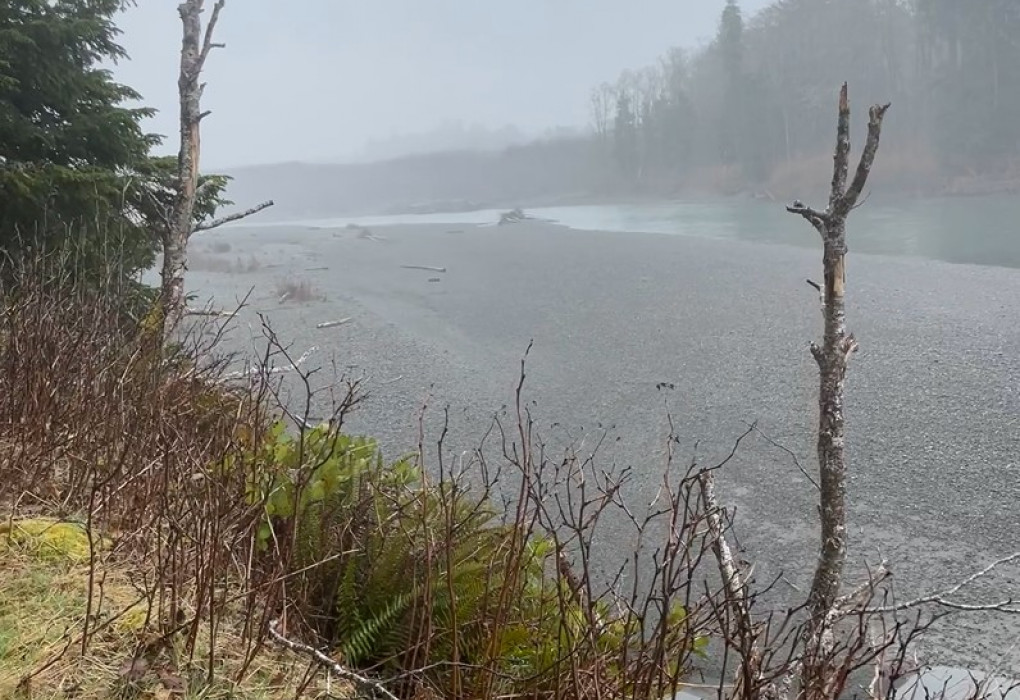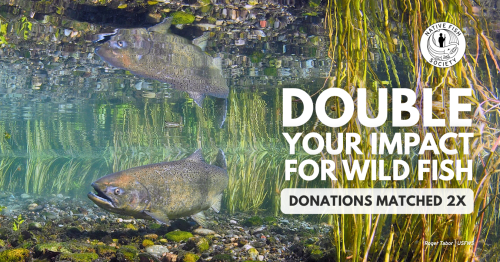Washington State Closes Coastal Steelhead Fisheries March 1st.
“ It looks like our horrible forecast was optimistic.” Kelly Susewind, Director, Washington Department of Fish & Wildlife
Yesterday, WDFW announced a full closure to all sport fishing throughout the Washington Coast and the Strait of Juan de Fuca. The closure takes effect on March 1st. WDFW monitoring data indicate that many of the region’s rivers are likely to see the lowest return of adult Winter Steelhead on record. The goal of this closure is to increase the number of wild Steelhead that make it to spawning grounds and sustain future runs of fish and fisheries.
History tells us that Washington’s coastal rivers once returned abundant runs of wild fish, which sustained the ecosystem and the needs of Tribal Nations for millennia. It’s important to remember that thriving fisheries and wild abundance can coexist, especially in rivers like those found on the Olympic Peninsula.
However, despite having some of the best Steelhead habitat anywhere, long-term declines have occurred on the Olympic Peninsula. We know the angling fleet is very effective at catching fish, that large hatchery programs have impacted wild fish and increased the complexity of management, that survival in the ocean is declining, and the science being utilized by managers could be greatly improved.
The impacts of this closure will be felt by small coastal communities that rely on guiding income and tourist dollars. In the near term, we need to support those who are going to suffer due to these restrictions, and who have been suffering due to the ongoing decline in wild populations.
The Quileute system is one of the only areas that has bucked the downward slide seen in other coast river systems. (see graphic below). Enough wild Steelhead have returned to the Quileute in the past decade to conserve the population. So what makes the Quillayte different? Its tributary, the Sol Duc, is the only wild Steelhead designated gene bank stream on the coast; it’s a river that is managed solely for wild fish and shows us that managing for wild works!
As our friend Dylan Tomine said in 2020 when the first round of fisheries changes occured, we need to do more than “Rearrange the Deck Chairs on the Olympic Peninsula.” We need a fundamental shift in management - we need to try more of what’s working and what’s working is wild.
Looking beyond this latest emergency closure, all of us who love and rely on these fish and these fisheries need to support a transition to more wild fish management and better science.
This is where you, dear reader, can make a difference. As the process for long-term Steelhead management plans ramp up, we have an opportunity to speak up and let the WDFW know that we support conservation efforts designed to recover wild runs of Steelhead. (click here for Ad Hoc Coastal Steelhead Advisory Group webpage)
There will be opportunities for public comments, and we will be alerting you to these opportunities. As more information becomes available, we will be asking you to use your voice to support conservation-minded efforts that rely on science and deploy strategies focused on recovering wild runs of native fish that will ensure we have a future with thriving fisheries and abundant wild Steelhead.

